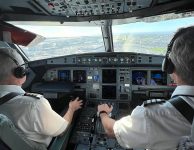More Pilot Lessons from the Miracle on the Hudson
Miracle on the Hudson—What Can We Learn as Pilots?
Part 2 of a 2-part series; portions of this series have been previously published in Airways Magazine and my book,
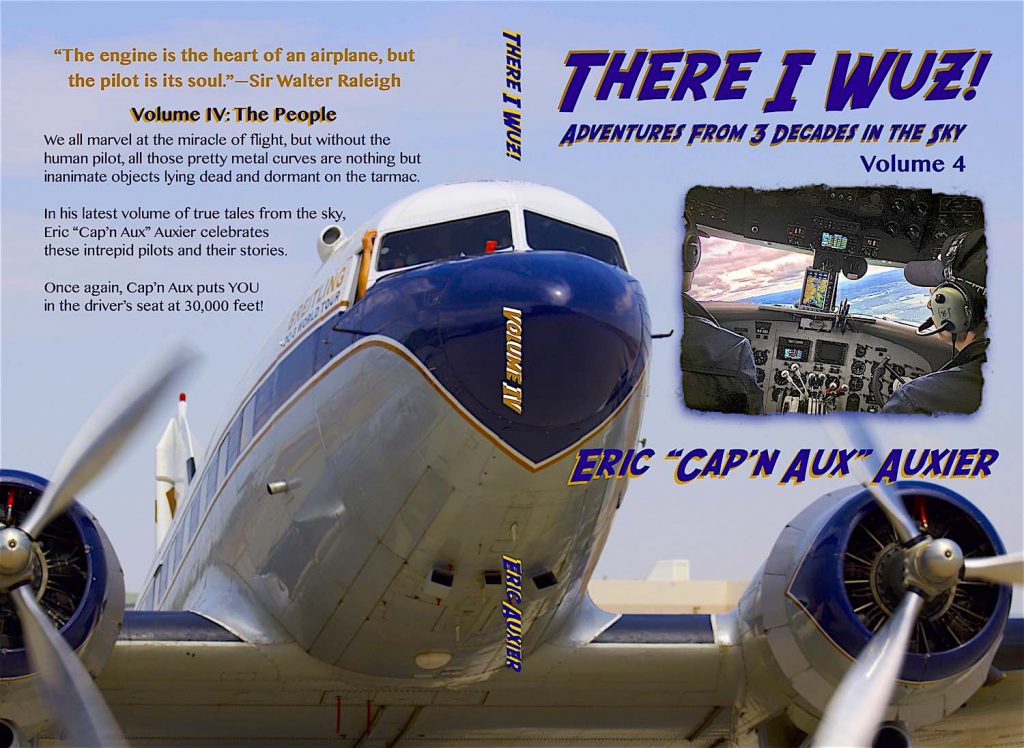
Author’s Note: In no way does this series intend to “armchair quarterback” this accident. Rather, the sole scope of this article is to draw lessons for pilots from issues raised by the NTSB report.
Keep Calm and Aviate, Navigate, Communicate!
In Part 1, we focused on landing the plane during an emergency. But, before we get to that soft touchdown on terra firma, what must first take place?
A maxim learned from Pilot Lesson One is:
Aviate—Navigate—Communicate
When an incident—any incident—occurs in an airplane, your first order of business (as we discussed in Part 1),
Fly the Airplane.
That done, next order of biz is to:
Navigate
And, finally:
Communicate
Let’s take these one at a time…
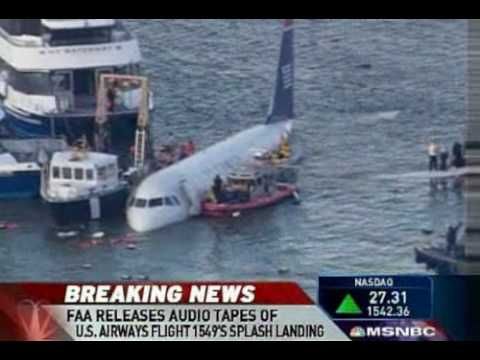
Keep Calm and...Aviate
Aviation safety often comes from a bloody history of hard lessons. One harsh learning moment is that of United Airlines Flight 173, which crashed in a Portland neighborhood just after Christmas in 1978, killing 10 of 189 on board.
Cause of crash: fuel exhaustion, after the flight deck crew was distracted by…a light bulb.



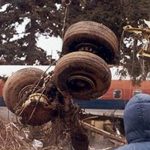


In short, a light in the cockpit that verifies the landing gear is down and locked failed to illuminate. While troubleshooting the problem, the crew of 3 (Captain, First Officer, and Flight Engineer) neglected to manage the fuel burn, and eventually the DC-8 ran out of gas.
Keep Calm and Say, "My Aircraft"

Today, several airlines have a policy that, any time an incident of any kind occurs, the very first action is the Pilot Flying (PF) stating, “My Aircraft.”
This is followed by the Pilot Monitoring (PM) confirming, by replying, “Your Aircraft.”
This reminds both pilots that, no matter what the problem, their primary goal is to safely fly the plane—and both know who is flying.
From there, the PM can troubleshoot the issue and carry out procedures, while the PF continues to fly, navigate, and talk to ATC as well.
Keep Calm and CRM

While a layman may regard the captain of the Hudson crash as a “pilot’s pilot,” even the most perfect of flights are rife with errors, simply because the pilot is just that—human. That is why we have two pilots up front, and also why automation has made aviation exponentially safer.
However, put any pilot, no matter how well-trained and experienced, into a high stress emergency, and you will be guaranteed errors. The trick is to minimize those errors by eliminating the distractions and focusing on the primary task: flying the plane.
This is the essence of Crew Resource Management (CRM): utilize the talents and experience of your crew, both pilots and flight attendants, as well as the resources you have available, such as ATC, company, etc. Even passengers, in some situations. Ease the burden, share the tasks, and leave the flying to the PM.
Communicate, and Did I Mention, Keep Calm?

Finally, in order to get those resources working for you, you must calmly communicate to the world your burden. By doing so, you incorporate those other assets into your team, all working to safely get your ship on the ground.
This means, initially, declaring a Mayday, or emergency. Then, ATC will do everything within their means to help you.
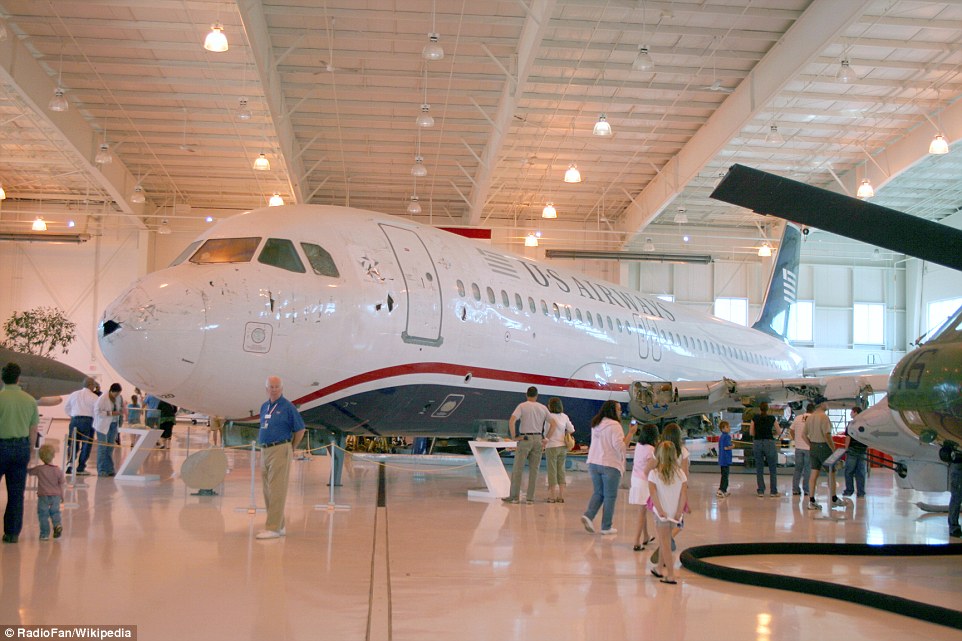
In the case of Cactus 1549, the NTSB report states that, “Both pilots indicated that CRM was integral to the success of the accident flight…each had specific roles, knew what each other was doing, and interacted when necessary…the captain stated that the US Airways CRM and TEM (Threat and Error Management) training…gave the pilots the skills and tools needed to build a team…and work together.”
In my opinion, CRM is one of the greatest contributions to aviation safety in the past 30 years. We have gone from, “The Captain is God,” to “The Captain respects his crew, and actively integrates their unique skills and experience into finding the best solution.”
Due to this simple change in philosophy, untold lives have been saved.

My favorite example of this evolution in CRM, is Captain Kirk vs. Captain Picard. Kirk was a one-man show, and what he said was the law, period. Picard, however, enlisted all of his crew to advise him before making his decision.
Kirk may be the baddest a$$ Captain of all time…but Picard was a better Captain.
Single Pilot CRM

Many of you Blog Buddies here are pilots of your own. And, many of you fly your own planes single pilot. So, how can you incorporate CRM into single-pilot flying?
CRM is so much more than “Captain and First Officer.” Again, there’s a world of support out there at your fingertips:
- ATC
- Emergency frequency (121.5)
- Your passengers
- Your Instruments
- Your electronic flight bag (ie tablet with interactive Nav info on it)
As a single pilot, you are further burdened by having to be the PF as well. So, fly! And, deal with the issue(s) as you are able.
Addendum
This just in! Remember that part I said about, “Communicate to the world your burden…and incorporate those assets into your team”? Here’s a great example!
In Summary
KEEP CALM AND…
- Aviate!
- Navigate!
- Communicate!
- Enlist the world around you to assist in your emergency.
- Even as a single pilot, there’s a world of resources at your fingertips. Use them!
- And, always, FLY THE PLANE!
In the immortal words of Leslie Nielson, in every pilot’s favorite movie, “Airplane!”…

This is Cap'n Aux
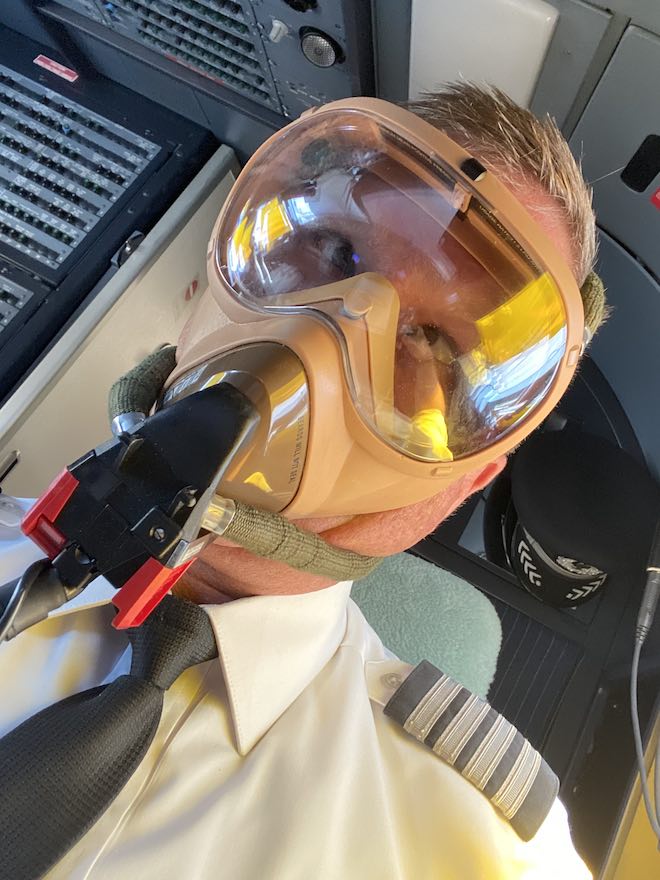
Signing Off!
Related Links
- The New “Sully” Movie: How Accurate? http://capnaux.com/new-sully-movie-going-for-rio16-gold/
- Blog: 9/9 and 9/11—https://airwaysmag.com/capnaux/99-and-911
- NTSB Report http://www.ntsb.gov/investigations/AccidentReports/Reports/AAR1003.pdf
- USAirways 1549 Wiki https://en.wikipedia.org/wiki/US_Airways_Flight_1549
- United Flight 173 Wiki https://en.wikipedia.org/wiki/United_Airlines_Flight_173
- Gone With the Hurricane http://capnaux.com/?p=8785
- There I Wuz! Pilots of the Caribbean http://capnaux.com/there-i-wuz-pilot-of-the-caribbean/
- Air Facts Journal Review of Sully Movie http://airfactsjournal.com/2016/09/sully-impossible-turn/



